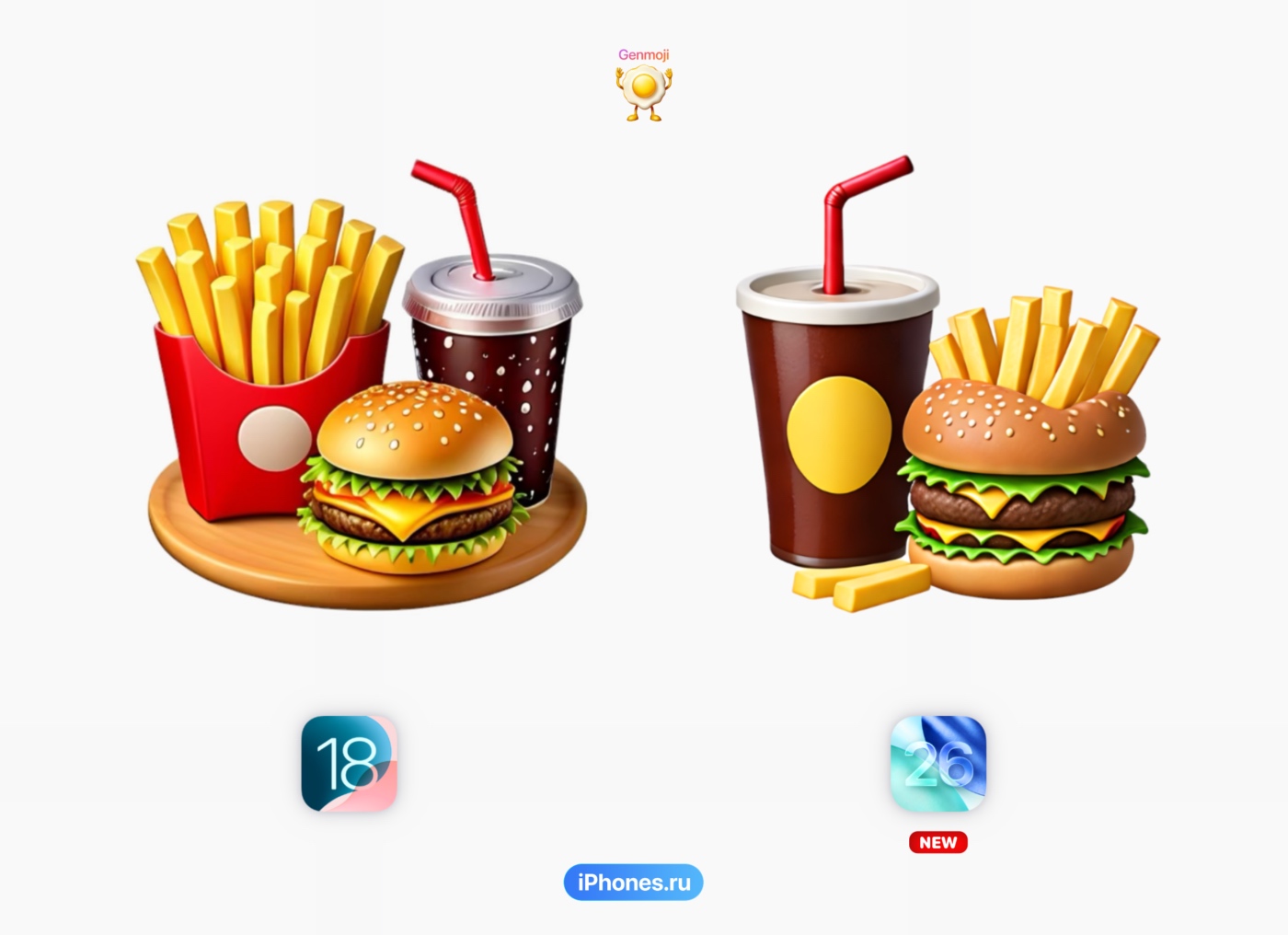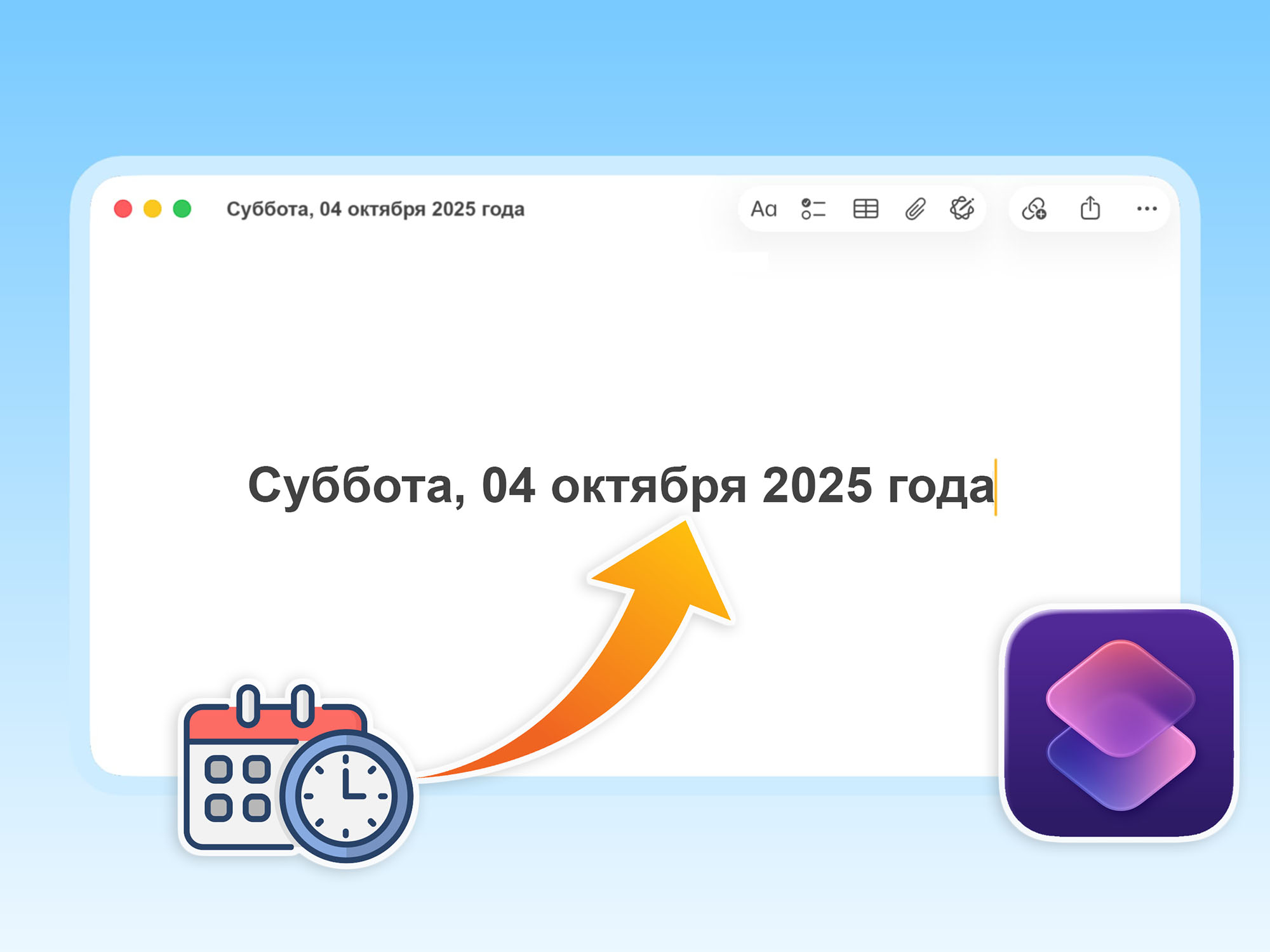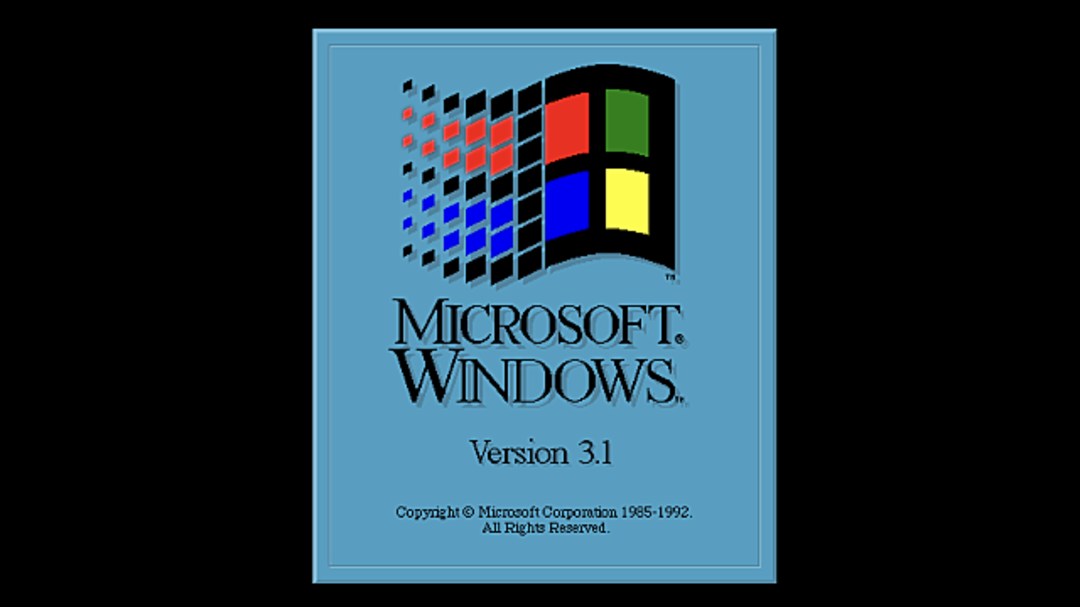This month, exactly 30 years ago, Windows 3.1 came out, the first version of Windows that really caught the public’s attention. To make it run smoothly, you needed a reasonable system, at least for the time being. We look back at this old Windows and: what do you still see in modern Windows versions?
Windows 3.1 appeared on April 6, 1992. Its predecessors were considered only lukewarm and proved not very useful for serious applications. Released in 1990, 3.0 gave some hope, but this version still contained a lot of bugs.
In current versions of Windows, we still see a surprising amount of things from these original versions of Windows. For example, Windows 3.1 introduced the TTF fonts that we have used to date. Plus, true multitasking is finally possible.
This meant that many people could not initially run Windows 3.1. Minimum system requirements were 286 CPUs and at least 1 MB of RAM. CGA graphics were no longer supported. You should note that many still have an 8086-based XT at home and are usually equipped with a CGA graphics card.
You needed an 80386 to really get the most out of Windows 3.1, and they were pretty expensive back then. But thanks to the 386 Enhanced Mode, you can finally multitask DOS applications and actually use them simultaneously, a novelty for many!
Dragging windows and registry
Also a brand new feature in Windows 3.1 was the ability to drag and drop files and icons, and this has proven to be a saver to date. In 3.1, another feature was introduced that shouldn’t be a permanent fixture: registration.
It was quite usable under a small-scale operating system like Windows at the time, but has been a source of misery on modern PCs for many years now. The registry contains all Windows settings, programs, drivers, etc. containing a database. It wasn’t a problem when there weren’t many of them. But modern operating systems solve this in a different and much more secure way. Simply save one settings file per program.

This offers many advantages. If something goes wrong with your operating system, you can simply reinstall it without breaking the rest of your software and settings. You can also create separate partitions for the system, programs, and data. Very clear and very secure. If something goes wrong with a program (or settings file), simply reinstall the program.
Something like macOS (but certainly various variants of Linux) would make the most of such possibilities. The central registry in Windows is much riskier. If it gets corrupted or dirty, it will irreversibly lead to system problems or even crashes or won’t boot anymore. Until Windows XP, it was common practice to occasionally reinstall your Windows to keep your system running.
Also read: Customize the Windows 10 Registry: 15 Tips
Later versions of Windows have made the registry a bit more manageable, but still the source of many problems. Especially since the average end user can’t make any sense of it. Thirty years ago it was no longer the most obvious way to choose it as a center pivot, now it’s completely outdated.
But Microsoft can no longer switch to something else that would cause huge misery in terms of compatibility. This shows once again what a particular choice from a distant past can have for current results.
open hardware
The memory starvation of Windows also continued. The minimum system requirement for a 286 with 1MB of RAM was useless and a lot of software hardly ever worked. More memory helped (with a Megabyte or four starting to become available) and only useful with the 386 mentioned earlier.
Fortunately, the affordable 386SX quickly hit the market as the ‘poor man’s version’ of the 386. 32-bit internally, 16-bit externally, which meant that all cheap and readily available adjacent chips on the 286 motherboard could be used. While the 386SX was significantly slower than the 286, it still offered all the extra capabilities of the 386 architecture, including serious multitasking.

Windows 3.1 versions
Windows 3.1 had several revisions. Windows for Workgroups 3.1 added networking options and 3.11 was the ultimate ‘final’ version of this series where everything fell into place. It was also the day when bundled bundles with Microsoft Office were sold at a ridiculously low price along with Windows 3.11. WordPerfect quickly drove the then gold standard for word processing out of the market. And so far it has made Office the new standard for both business and home users.
This binding has also resulted in lower prices for expensive software packages in general. Second, this promotion could have an unintended effect, as from then on Microsoft could not claim the top prize for Windows and Office far from that. We’ve even finally reached the point where Windows is ‘free’ and you get an Office subscription for a few tens a year.
Multimedia and games
The highlight of Windows 3.1(x) was its multimedia capabilities. Video for Windows was introduced with the still well-known .avi file format. Also – it doesn’t matter – the first steps have been taken to enable gaming under Windows. WinG was used as a helper for this.
They’re also the first video cards for Windows 3.1x with GPUs that dramatically speed up all kinds of 2D things. It allows you to create screen parts, but also lines, circles, etc. Consider drawing things. Hardware acceleration for the UI was still brand new back then, so standard now that you only realize how big of an impact it has if you boot your Windows system (or otherwise) in safe mode.
3D has yet to play a role in the days of Windows 3.1x, but it started very cautiously with its successor, the legendary Windows 95.

changing times
Windows 3.1 can certainly be considered the ‘first mother’ of modern Windows. Sometimes sadly and sometimes fortunately, the old principles of the dino era of PC are still present under the hood. Moreover, you were choosing a particular operating system much more consciously. If you’ve been to DOS and Windows, you’re sure there’s loads of software available. At that time, for example, the standardization of file formats did not play much of a role.
The situation is different today. It doesn’t matter anymore if you use macOS, Linux or Windows as the operating system. File formats can be changed effortlessly, the programs are more than enough for all platforms. Also, more and more people work in a browser, where the operating system does not matter at all. Your software platform runs somewhere in the cloud; then it doesn’t matter anymore what operating system is running there.
So you might ask yourself if Windows in its current form can survive another 30 years. There is a good chance that the old Windows will be left behind in the near future. And under the hood appears a version running Linux. Maybe it looks the same as now, but much easier to manage because the heavy legacies from a gray past are finally gone. You can still optionally run legacy software in a virtual machine.
Run Windows 3.1 in your browser

Want to experience how Windows 3.1 feels? Then now you can just do it in your browser via this link. By the way, you can find much more attractive historical software on that site. Nice to play (again) on a rainy afternoon!
Source: Computer Totaal
I am Bret Jackson, a professional journalist and author for Gadget Onus, where I specialize in writing about the gaming industry. With over 6 years of experience in my field, I have built up an extensive portfolio that ranges from reviews to interviews with top figures within the industry. My work has been featured on various news sites, providing readers with insightful analysis regarding the current state of gaming culture.










